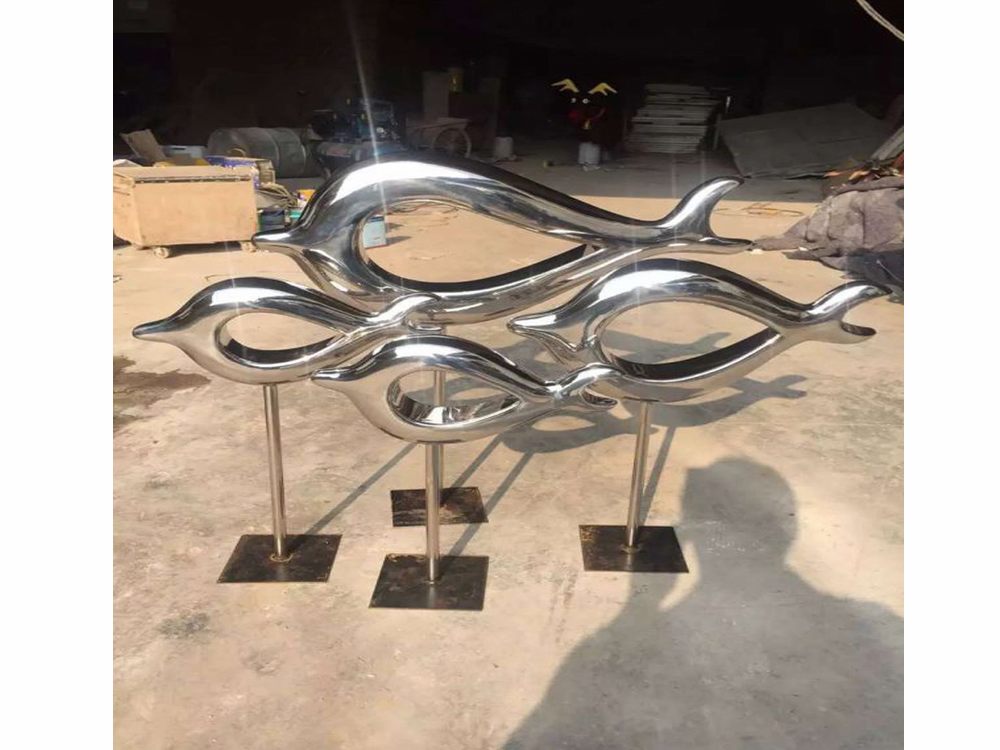
Using locally sourced stone for sculptures offers significant environmental advantages, making it a sustainable choice for artists and eco-conscious buyers. One of the primary benefits is the reduction in carbon emissions. Transporting stone over long distances requires substantial fuel, contributing to greenhouse gases. By sourcing materials nearby, artists minimize transportation-related pollution.
Additionally, local stone often requires less processing compared to imported varieties, further lowering energy consumption and waste. Quarrying locally also supports regional economies and reduces the ecological disruption caused by large-scale mining operations elsewhere.
Another key advantage is the preservation of natural resources. Local stone is typically abundant and renewable within its region, reducing the need for destructive extraction practices. Artists who choose local materials also foster a connection to their environment, creating works that reflect the natural beauty and geological uniqueness of their area.
Finally, locally sourced stone promotes sustainability in art by encouraging responsible sourcing practices. This approach aligns with global efforts to combat climate change and supports a greener future for the creative industry. By prioritizing local materials, sculptors can create stunning art while protecting the planet.

